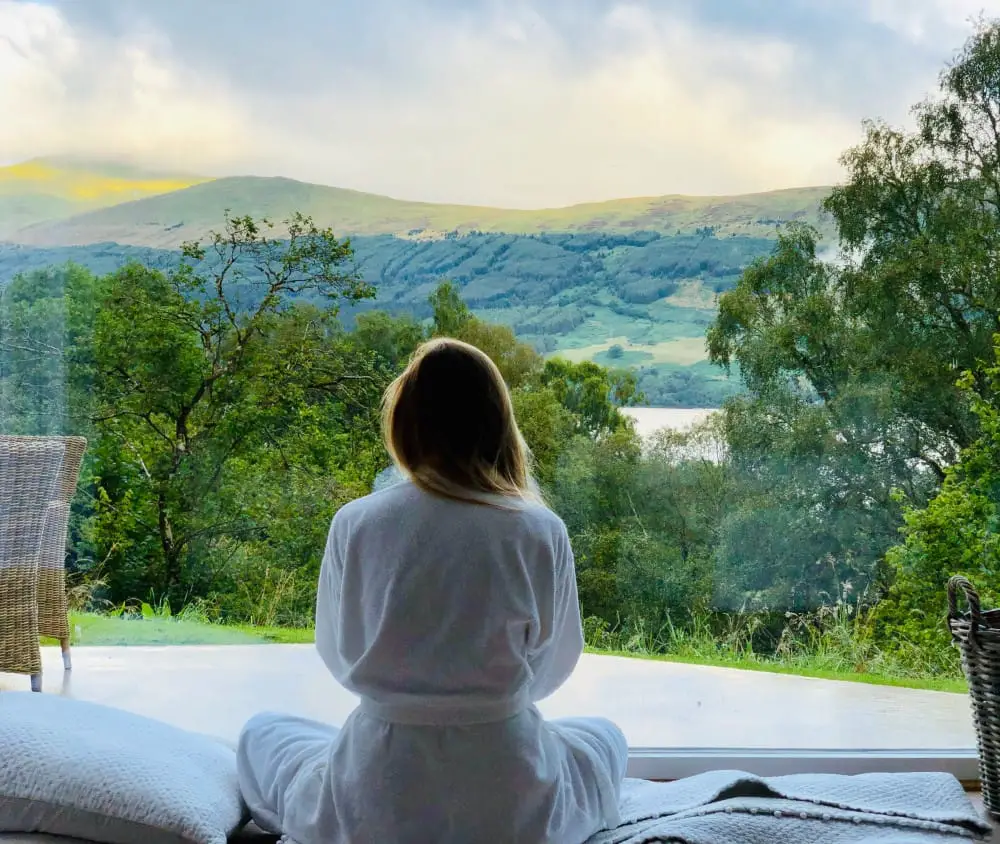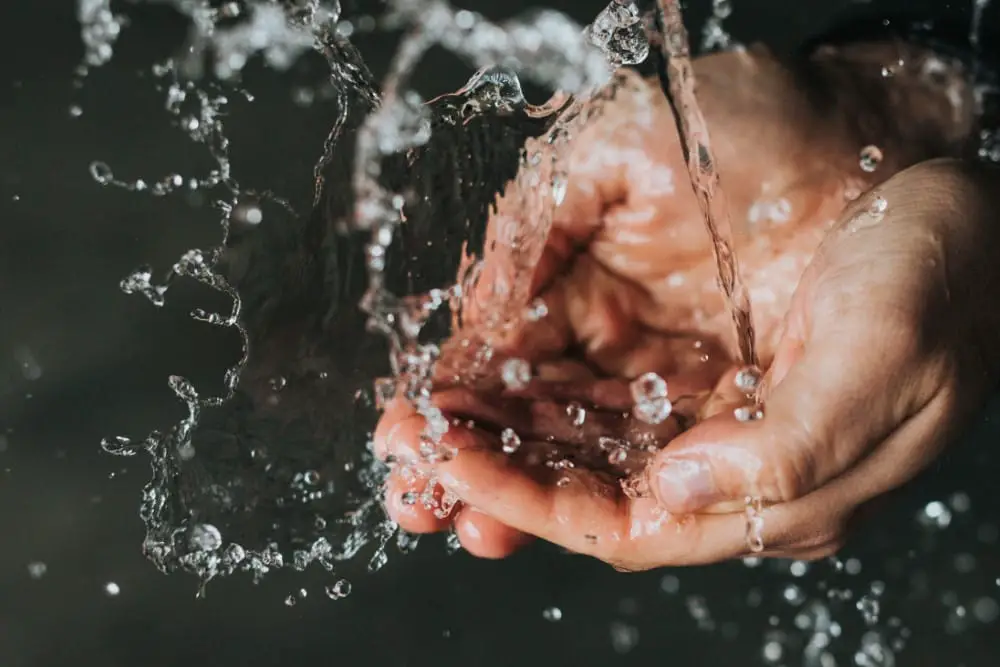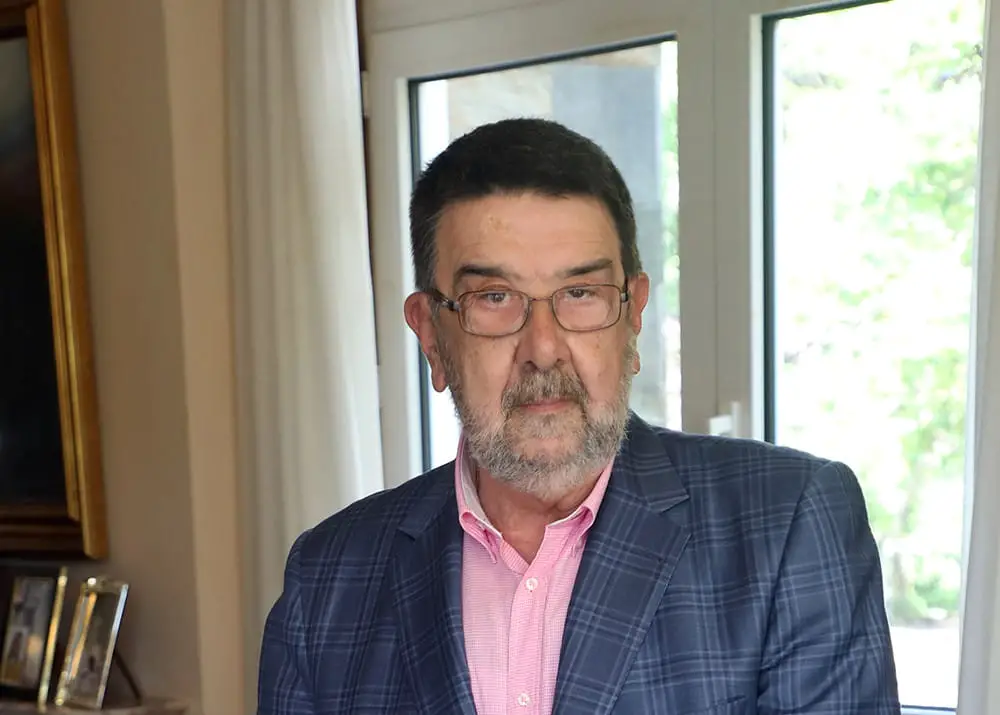
Let's rewind a bit and go back for a moment to the end of 2019: all over the world a movement related to mindfulness had already started, with the importance of caring for body and mind, while taking care of the environment, culture and the environment.
Many of us felt the need to do something in our daily lives to mitigate the effects of an overly accelerated life, while environmental awareness and concern for both physical and mental well-being were growing.
In this context, health and wellness tourism, establishments such as spas, spas or wellness centers were responding with very evident effects: the wellness tourism sector alone was growing at twice the rate of growth of the overall tourism sector.
However, within a few months the pandemic stopped everything in its tracks: several worldwide closures, the closure of a multitude of establishments and the need to adapt all the infrastructures existing up to that point, put wellness tourism and all related establishments in a complicated situation.
The COVID- 19 has meant a new mentality, a new way of thinking and has made us reflect on the importance of health in our day-to-day life and at all levels, in a global way.
In the new post-pandemic world we seek to bring together the health of body, mind, and spirit. We are looking for experiences to live and share with the people we love.
This can be a great opportunity: as consumers of wellness-related services, can take advantage of to make proximity tourism and live different experiences to those we were looking for until now, but also as professionals in the sector, adapting to new audiences and new forms of tourism that can be generated in response to the COVID- 19 pandemic.

Are you looking for a spa or health resort to relax in?
HAVE A LOOK TO OUR WEB BROWSER TO FIND THE BEST HOTEL FOR YOU!
.jpg)
Health and wellness tourism after COVID
On a personal, cultural, social, and economic level, health resorts, thalasso and other wellness centers have a very important role in the recovery of tourism, and in the promotion of new ways of experiencing it:
Wellness and health tourism.
The pandemic has affected us all, to a greater or lesser extent, and this psychological impact conditions the way we travel. On the other hand, the economic situation has become more precarious, so we travel on fewer occasions, for less time, and closer together.
Also, our priorities have changed: although sun and beach tourism is still very important in our country, we seek more connection with nature in our trips and we pay more attention and importance to wellness-related experiences.
We want to feel good and we look for establishments and activities that provide us with the possibility to take care of ourselves, outside and inside.
We continue to travel: to quiet places, secluded, less crowded and with fewer people, where we can enjoy direct contact with nature and also in singular spaces.
But above all we attach great importance to hygiene, health and cleanliness. We ensure COVID- 19 protection measures both for ourselves and for the personnel working in the places we visit.
Spain's spas, thalassotherapy centers and health resorts have great potential, given that they are located in what in 2019 was considered the healthiest country in the world. And health and wellness tourism can be a wonderful opportunity to attract an engaged public through which to improve the living conditions of the environment.
According to the Global Wellness Institute, before the pandemic, some 830 million trips were made annually, with an estimated value of 559 million euros.
Today it may seem that COVID-19 has ruined those possibilities. However, nothing could be further from the truth.
Wellness travelers are generally more educated. They travel on a regular basis and like to try new experiences. They may now travel fewer times a year or perhaps their stays are shorter, but what is certain is that they spend 53% more than tourists of other types.
In addition, tourists who choose destinations with wellness activities, even if their main purpose is not this, are willing to invest 8 times more than those who travel with the purpose of receiving health or wellness treatments.
Now, more than ever, is the time to give wellness tourism a new dimension, a new way of living it: we are eager to travel again, whether it is to travel to the other side of the world, or to make getaways within our immediate environment, but our priorities have changed and the spas and thalassos that are adapting to this change will be the ones that recover the best.

Are you looking for a spa or health center to relax in?
HAVE TO LOOK TO OUR WEB BROWSER TO FIND THE BEST HOTEL FOR YOU!
New post COVID- 19 trends in wellness tourism
The new post-pandemic wellness tourist has changed. Until now, the main target audience for this type of tourism was people of a certain age, seeking to alleviate ailments.
However, greater awareness of body and mind care has attracted a younger audience, which, in addition, seeks prevention and health maintenance from an integral, holistic perspective. It seeks to feel good in the broadest sense of the word: from the perception of safety and hygiene at all times to the experience of tasting carefully prepared dishes made with local ingredients or being able to interact with the people in the environment, they are visiting.
These are people with medium-high purchasing power, who travel all year round and who are willing to invest if what they are going to experience is worthwhile.
Thus, the spas, health centers and thalassotherapy centers they choose are characterized by:
- Maintaining exhaustive hygiene and health safety protocols, both for clients and for the workers of the establishments.
- They look for establishments committed to the environment and to the sustainability of the environment: that is committed to services and products of proximity, with ecological seal, artisans...
- They choose different establishments, with personality and authenticity.
- They appreciate less crowded services with good queue management and events and activities focused on the importance of physical and mental balance.
- Services preferred where the travel experience is planned from the very beginning, e.g. spas with remote pre-consultation service to assess the client before they arrive at the facility
Conclusions
In Spain we have the most favorable conditions and a network of quality establishments that allow us to respond to the new needs of health and wellness tourism.
In addition, new forms of travel can be a great opportunity for establishments such as health resorts, spas, thalassotherapy and wellness centers, if they take the opportunity to offer wellness services not only during traditional vacation periods but also on long weekends, weekends, and other dates.
If they also adapt their service offerings to the new wellness concept of post-pandemic tourism, they can contribute not only to the recovery of the sector but also to the economic and social growth of the areas in which they are located.
Post-COVID-19 wellness tourism contributes value far beyond the economic: that contributes real and integral wellness, not only physically, but also emotionally.
What challenges do you think lie ahead for the sector in our country to become a reference in world tourism?
Source: Tourism post Covid-19: Tourism after the global pandemic. Análisis, perspectivas y vías de Recuperación by Luis Miguel Rondón García, Libertad Troitiño Torralba and Carles Mulet Forteza, Ediciones Universidad de Salamanca.

Subscribe to our newsletter and
GET OUR FREE GUIDE "7 TIPS TO PREPARE YOUR RELAX GETAWAY!





